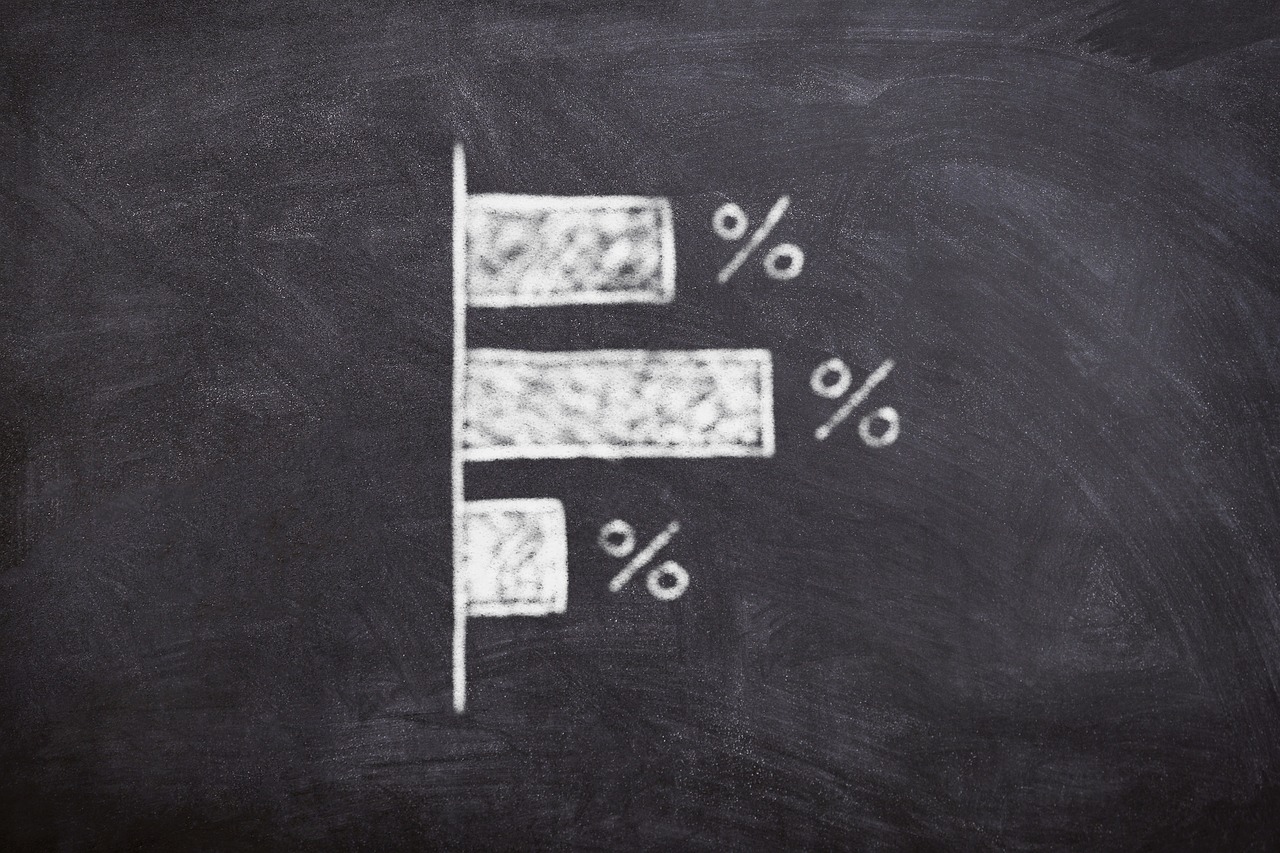So you’re a Bitcoin newbie and you’re ready to begin allocating capital towards this revolutionary digital asset? Or maybe you’re a seasoned investor looking to diversify your portfolio with some crypto exposure? Either way, you’ve probably come across two main strategies for investing in Bitcoin: dollar cost averaging vs. timing the market.
What is Dollar Cost Averaging?
Dollar cost averaging (DCA) is a strategy where you regularly invest a fixed amount of money over time, no matter how the market is doing. This means that whether the price of Bitcoin is high or low, you will continue to invest the predetermined amount consistently.
For example, let’s say you decide to invest $100 in Bitcoin every month for the next year. If the price of Bitcoin is high, you will get fewer BTC for your $100. Conversely, if the price of Bitcoin is low, you will get more BTC for your $100. This creates an average cost over time, hence the name dollar cost averaging (DCA).
The main benefit of DCA is that it helps to mitigate the risk of investing a large sum of money at once, which can be nerve-wrecking for many investors. By breaking up your investments into smaller amounts over a longer period of time, you are less likely to panic and make rash decisions based on short-term market fluctuations.
This strategy also allows you to take advantage of potential dips in the market, buying more BTC when prices are low.
It also allows investors to not have to become consumed with constantly monitoring the market and trying to time their investments. DCA takes a more passive approach, allowing you to stick to your predetermined investment plan without being swayed by emotions or FOMO (fear of missing out).

What is Timing the Market?
Timing the market, also known as active investing, is an investment strategy where an individual tries to predict the best times to buy and sell assets based on market trends and movements. In the context of Bitcoin, timing the market would mean buying BTC when prices are low and selling when prices are high.
This strategy requires a deep understanding of market dynamics and trends, as well as constant monitoring of price movements. It can be highly profitable if done correctly, but it also comes with a high level of risk. If an individual makes the wrong prediction or misses out on buying/selling during key market movements, they can potentially lose a significant amount of money.
One of the main advantages of timing the market is the potential for higher returns. By buying low and selling high, investors can make a profit in a shorter period of time compared to DCA. It also allows for more flexibility in terms of when and how much to invest.
However, as mentioned earlier, timing the market also comes with a high level of risk. It requires constant monitoring and analysis, which can be time-consuming and stressful. It also requires a certain level of expertise in market analysis, which not all investors possess, especially if you’re new to the game.
Although cycles like the halving cycles in Bitcoin may provide some predictability, the market can still be unpredictable and subject to sudden changes.
How To Decide Between Timing the Market and DCA
Deciding between timing the market and dollar-cost averaging (DCA) ultimately depends on an individual’s risk tolerance, investment goals, and level of expertise.
For those with a high risk tolerance and a deep understanding of market trends, timing the market may be a viable strategy. However, for individuals who are more risk-averse or lack the time and expertise to constantly monitor the market, DCA may be a better option.
Additionally, it is important to consider one’s long-term investment goals when deciding between timing the market and DCA. If an individual is looking for short-term gains, timing the market may be more beneficial. But if they are investing for the long haul, DCA can provide a more stable and consistent approach.
Implementing Both Strategies Simultaneously
It is also possible to combine both timing the market and DCA strategies. Some investors may choose to time the market for a portion of their portfolio while using DCA for the rest. This allows for a balance between potential short-term gains and long-term stability.
Alternatively, an investor may choose to use DCA as their primary strategy but also keep a portion of their portfolio for opportunistic market timing. This approach can help reduce risk while still providing the opportunity for higher returns.
How To Dollar-Cost Average and Time The Market Effectively
If an individual decides to use DCA as their primary investment strategy, there are a few key factors to consider in order to do it effectively.
Firstly, it is important to have a regular schedule for investing. Whether that is weekly, bi-weekly, or monthly, having a consistent schedule helps remove emotions from the decision-making process and promotes disciplined investing. After you’ve established a schedule, stick to it regardless of market fluctuations.

Take your income and subtract your expenses, then invest all or a portion of the remaining amount. For example, if you earn $3000 per month and your expenses are $2000, you may choose to invest the remaining $500 per month and save the rest. The $500 that you saved can be deployed in a lump sum once a year, or if there is a significant market downturn.
As you can see, there is flexibility within Dollar Cost Averaging to also incorporate market timing, while still following a disciplined approach. By having a systematic schedule for investing and also taking advantage of opportunities to invest more during market downturns, you can potentially benefit from both strategies.
Dollar Cost Averaging vs. Timing The Market: Final Thoughts
Congratulations on wanting to take control of your finances and learn about different investment strategies. It is important to remember that there is no one-size-fits-all approach when it comes to investing.
If you are a BTC newbie, DCA may be a great option for you to ease into the world of cryptocurrency. With its disciplined and systematic approach, it can help minimize risk and potentially lead to higher returns over time.

